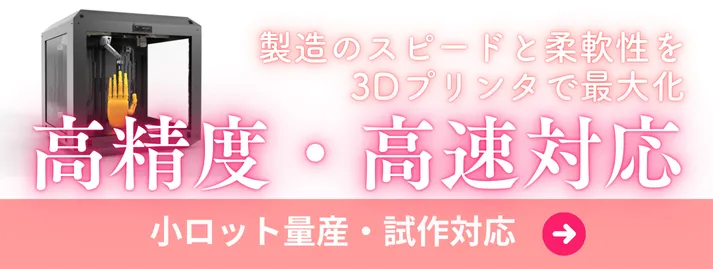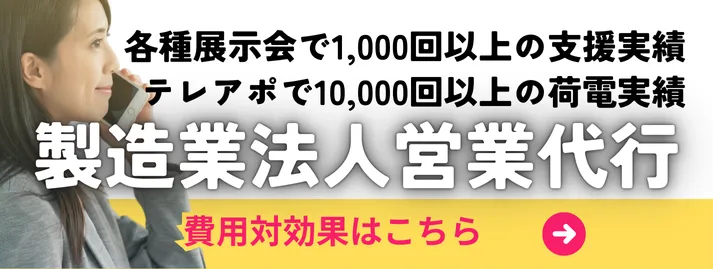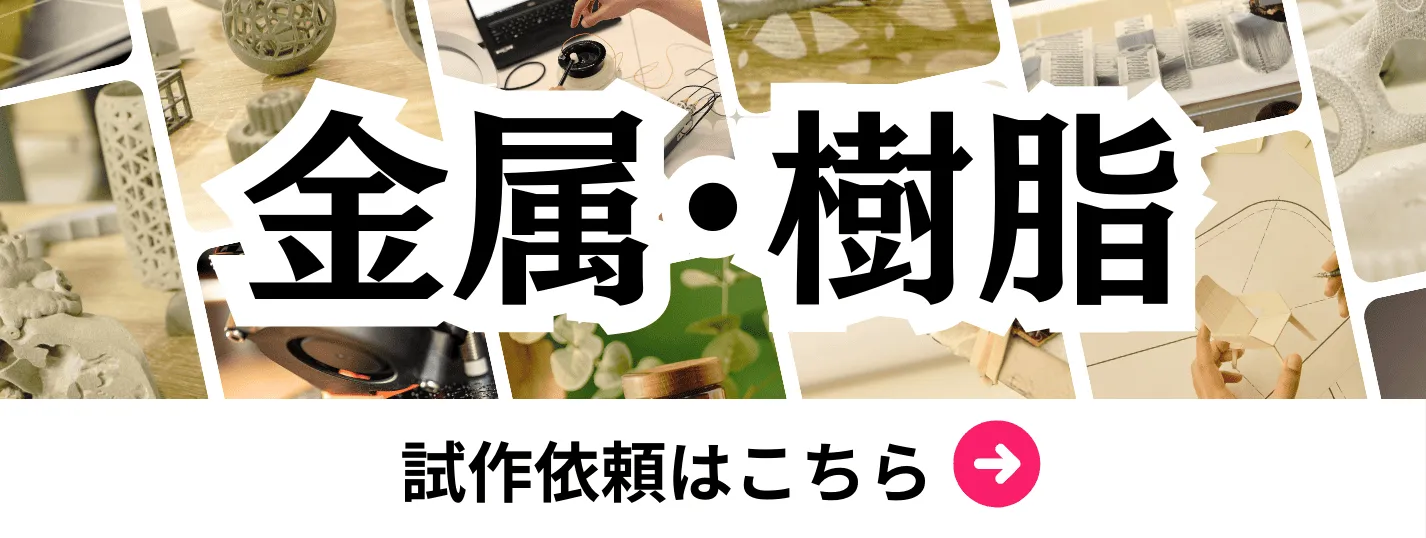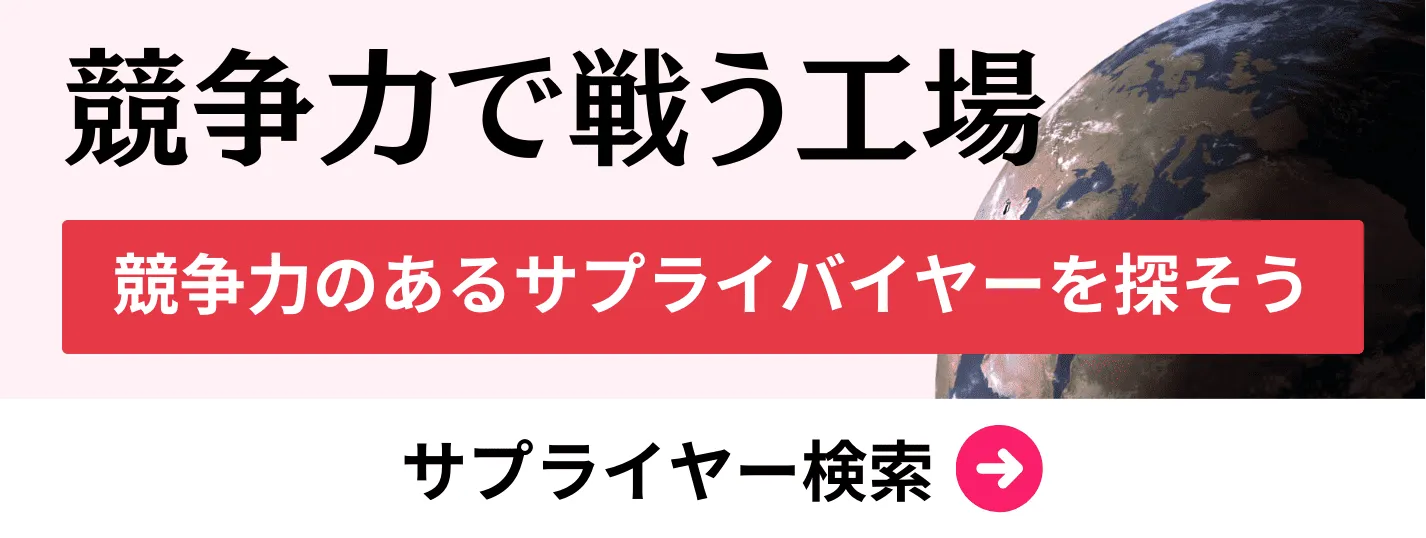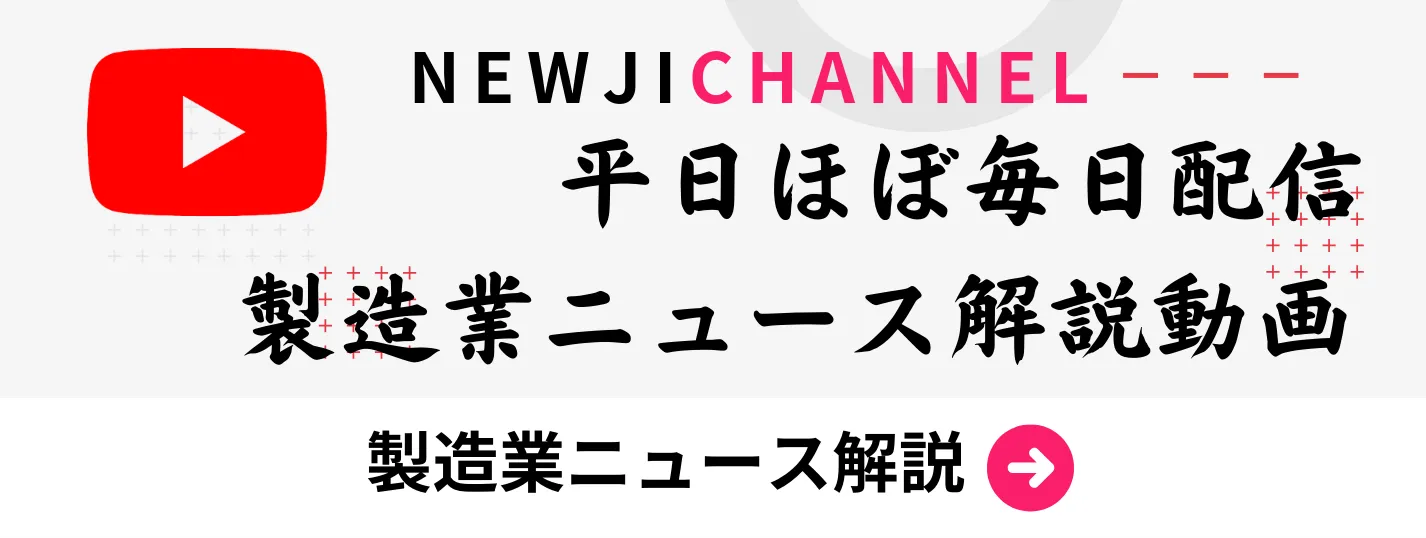- お役立ち記事
- Approaches to Quality Management and Practical Quality Improvement
月間76,176名の
製造業ご担当者様が閲覧しています*
*2025年3月31日現在のGoogle Analyticsのデータより

Approaches to Quality Management and Practical Quality Improvement

Effective quality management is critical for any organization aiming to consistently deliver products and services that meet or exceed customer expectations.
Understanding various approaches to quality management and implementing practical quality improvement techniques can significantly enhance business performance.
Let’s explore some of the key concepts, methodologies, and practical steps that can help achieve this objective.
目次
Understanding Quality Management
Quality management encompasses activities directed towards ensuring that an organization’s products or services are consistent.
It focuses on improving process efficiency, reducing waste, and ensuring the continual compliance of outputs with specified standards.
This can be broken down into four main components:
– Quality Planning
– Quality Assurance
– Quality Control
– Quality Improvement
Each of these components plays a vital role in maintaining high-quality standards across various operational aspects.
Quality Planning
Quality planning involves identifying quality standards relevant to the project and determining how to satisfy them.
This phase is crucial as it lays down the foundation for what quality means for the organization and the expectations it sets for itself.
Techniques employed in quality planning include:
– Quality Management Plans
– Checklists
– Benchmarking
– Flowcharts
Effective quality planning results in clear quality criteria and the metrics that will be used to measure them.
Quality Assurance
Quality assurance (QA) is a proactive process aimed at preventing defects.
It involves the auditing and reviewing of processes to ensure they meet the defined standards.
QA activities include training, auditing, and methodical approaches like Total Quality Management (TQM) and Six Sigma.
Using well-defined QA processes minimizes the risk of errors, leading to enhanced reliability and customer satisfaction.
Quality Control
Quality control (QC) is a reactive process focused on identifying defects in finished products.
It involves testing and inspecting outputs to ensure they align with specified requirements.
Common QC tools include Control Charts, Inspection, and Testing.
Through precise QC efforts, organizations can identify anomalies and address them promptly to maintain quality standards.
Quality Improvement
Quality improvement is an ongoing effort to enhance products, services, and processes.
It is about creating a culture of continuous improvement through the application of quality management methodologies.
Popular quality improvement frameworks include:
– Plan-Do-Check-Act (PDCA)
– Six Sigma
– Lean Manufacturing
Embedding these methodologies within the company culture fosters a proactive approach to identifying and solving quality issues.
Approaches to Quality Management
Various quality management approaches can be adopted, each with its unique methodologies and practices.
Let’s delve deeper into some of the widely recognized approaches.
Total Quality Management (TQM)
Total Quality Management is a holistic approach that focuses on long-term success through customer satisfaction.
It integrates all organization functions to focus on continuous improvement.
Some core principles of TQM include:
– Customer Focus
– Employee Involvement
– Process-Centered
– Integrated System
– Strategic and Systematic Approach
By adhering to these principles, organizations can enhance efficiency and improve the overall quality of their products and services.
Six Sigma
Six Sigma is a data-driven approach aimed at improving quality by reducing defects and variations in processes.
It uses a variety of quality management tools and statistical methods.
The Six Sigma methodology follows two main project initiatives:
– DMAIC (Define, Measure, Analyze, Improve, Control)
– DMADV (Define, Measure, Analyze, Design, Verify)
Implementing Six Sigma can lead to significant reductions in process variations and improvements in product quality.
Lean Manufacturing
Lean Manufacturing is a systematic method for waste minimization without sacrificing productivity.
It derives from the Toyota Production System and emphasizes maximizing customer value while minimizing waste.
Lean principles include:
– Value
– Value Stream
– Flow
– Pull
– Perfection
Lean tools and techniques, such as Just-In-Time (JIT), 5S, and Kaizen, focus on enhancing efficiency and eliminating waste.
Practical Steps for Quality Improvement
To effectively improve quality, practical steps should be adopted by the organization. These steps encompass various activities designed to maintain and improve quality consistently.
Define Clear Quality Metrics
Start by defining clear and measurable quality metrics.
These metrics should align with customer expectations and business goals.
Examples include defect rates, customer satisfaction scores, and process compliance rates.
Clear metrics allow you to measure progress and identify areas that need improvement.
Conduct Regular Training
Regular training sessions for employees ensure that everyone understands the importance of quality and how to maintain it.
Training can include workshops, seminars, and online courses focused on quality principles and tools.
Well-trained employees are more likely to adhere to quality standards and contribute to continuous improvement efforts.
Implement Continuous Improvement Techniques
Adopt continuous improvement techniques like PDCA and Kaizen.
Encourage employees to identify areas of improvement and suggest solutions proactively.
Implementing small, incremental changes over time can lead to significant quality enhancements.
Use Data Analytics
Leverage data analytics to gain insights into quality performance.
Analyze data from production processes, customer feedback, and quality audits to identify trends and patterns.
Data-driven decision-making helps in pinpointing root causes of quality issues and devising effective solutions.
Engage with Customers
Regularly engage with customers to gather feedback on products and services.
Understanding customer needs and expectations allows for better alignment of quality standards.
Customer feedback serves as a valuable input for the continuous improvement process.
Conclusion
Effective quality management and practical quality improvement are essential for organizations striving to meet customer expectations consistently.
By understanding the various approaches to quality management and implementing practical steps, businesses can enhance their product and service quality.
Adopting methods like Total Quality Management, Six Sigma, and Lean Manufacturing, along with continuous improvement techniques and regular training, can create a culture of quality within the organization.
Addressing quality proactively and systematically will lead to improved performance, increased customer satisfaction, and a stronger competitive edge.
Start your journey towards quality excellence today and witness transformative results in your organization.
 資料ダウンロード
資料ダウンロード
QCD管理受発注クラウド「newji」は、受発注部門で必要なQCD管理全てを備えた、現場特化型兼クラウド型の今世紀最高の受発注管理システムとなります。
 ユーザー登録
ユーザー登録
受発注業務の効率化だけでなく、システムを導入することで、コスト削減や製品・資材のステータス可視化のほか、属人化していた受発注情報の共有化による内部不正防止や統制にも役立ちます。
 NEWJI DX
NEWJI DX
製造業に特化したデジタルトランスフォーメーション(DX)の実現を目指す請負開発型のコンサルティングサービスです。AI、iPaaS、および先端の技術を駆使して、製造プロセスの効率化、業務効率化、チームワーク強化、コスト削減、品質向上を実現します。このサービスは、製造業の課題を深く理解し、それに対する最適なデジタルソリューションを提供することで、企業が持続的な成長とイノベーションを達成できるようサポートします。
 製造業ニュース解説
製造業ニュース解説
製造業、主に購買・調達部門にお勤めの方々に向けた情報を配信しております。
新任の方やベテランの方、管理職を対象とした幅広いコンテンツをご用意しております。
 お問い合わせ
お問い合わせ
コストダウンが利益に直結する術だと理解していても、なかなか前に進めることができない状況。そんな時は、newjiのコストダウン自動化機能で大きく利益貢献しよう!
(β版非公開)



